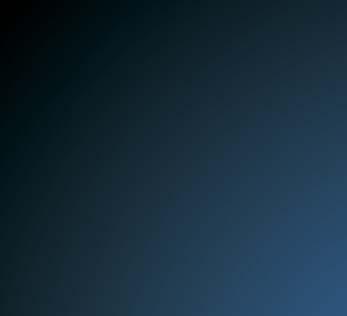GLOBAL DEBT AT RISK OF "QUALITATIVE CHANGE"
G
lobal markets, spurred by policies, have emerged from the March panic during the spread of the COVID-19 pandemic. For now, all major economies, including Europe and the United States, are at the crossroads of a new direc on. Although the U.S. stock market experienced a certain degree of correc on in October and began to hover around high levels, it is s ll far from the all- me high it reached in early September. In the current stock market, the global market is s ll plagued by two factors, i.e., the recurring COVID-19 pandemic and a new round of s mulus
30 europeanbusinessmagazine.com
policy changes. In fact, in the case of the second outbreak of the pandemic, there was no obvious fluctua on in the market, which meant that the capital market s mulated by the policy could hardly get rid of its dependence on the policy. This kind of policy risk that accumulates ceaselessly in the long run also implies the possibility of "qualita ve change". In the bond market, there have been signs of a pullback as the dollar index has been flooded with dollar liquidity. In the United States, investment-grade corporate bonds with maturities of more than 10
years underperformed short-term bonds last month and fell the most in August of all maturi es, according to Bloomberg Barclays Indices. In the options market, the cost of hedging against inflation of more than 2% over the next five years has more than doubled since February. In Asia, dollar-denominated corporate securities with maturities of more than 10 years performed worst in the two months to September. Some bond markets around the world have begun to signal long-term infla on risks, reflecting growing concern that a prolonged flood of liquidity might drive up future infla on, with the resul ng change in interest rates that could be poten ally disastrous for capital markets. Reports from international rating agencies have further heightened concerns about the future situa on. S&P Global warned that the second



























